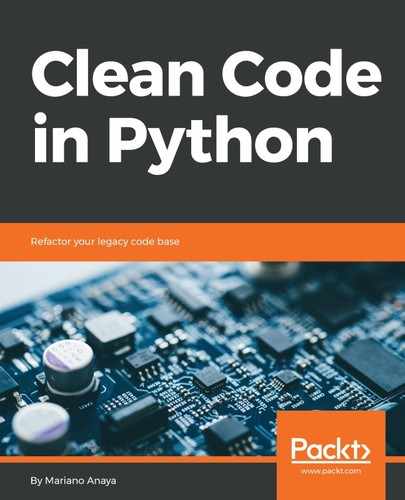In unit testing terminology, there are several types of object that fall into the category named test doubles. A test double is a type of object that will take the place of a real one in our test suite for different kinds of reasons (maybe we don't need the actual production code, but just a dummy object would work, or maybe we can't use it because it requires access to services or it has side-effects that we don't want in our unit tests, and so on).
There are different types of test double, such as dummy objects, stubs, spies, or mocks. Mocks are the most general type of object, and since they're quite flexible and versatile, they are appropriate for all cases without needing to go into much detail about the rest of them. It is for this reason that the standard library also includes an object of this kind, and it is common in most Python programs. That's the one we are going to be using here: unittest.mock.Mock.
A mock is a type of object created to a specification (usually resembling the object of a production class) and some configured responses (that is, we can tell the mock what it should return upon certain calls, and what its behavior should be). The Mock object will then record, as part of its internal status, how it was called (with what parameters, how many times, and so on), and we can use that information to verify the behavior of our application at a later stage.
In the case of Python, the Mock object that's available from the standard library provides a nice API to make all sorts of behavioral assertions, such as checking how many times the mock was called, with what parameters, and so on.
